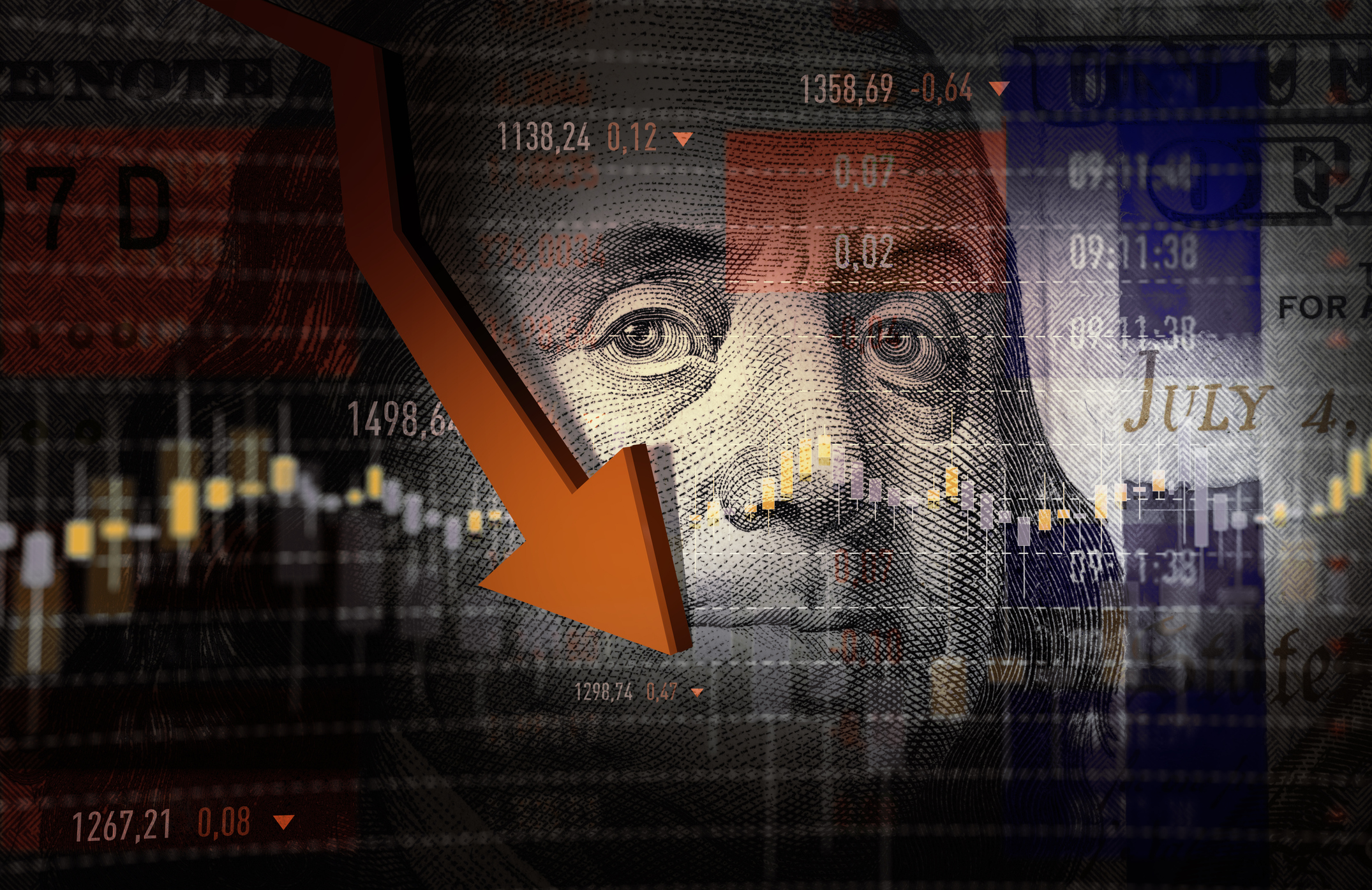General Mills: Past Pillsbury
The company known for its breakfast cereals looks back on track following its Pillsbury purchase.
For General Mills shareholders, Pillsbury has been less than popping-fresh good. Since the Minneapolis packaged-food maker acquired its rival in 2001, Pillsbury has caused Mills' once-predictable earnings to become erratic, says Merrill Lynch analyst Leonard Teitelbaum. Worse still, sales growth at Pillsbury has lagged the company's other divisions. For the nine months ended February 27 -- the most recent financial figures available -- net sales at Pillsbury USA declined 2%, while sales rose at the company's five other divisions.
Yet, Teitelbaum thinks Mills has smoothed out the wrinkles caused by bringing Pillsbury into the fold. The company has reduced the debt it incurred to pay for the acquisition and can use the cash saved on debt service to increase dividends and buy back shares. "Mills is back on track," he says.
General Mills gained its celebrity at the breakfast table. Cheerios, Lucky Charms, Trix and Wheaties are among its most well-known brands. But the cereal division has been hurt recently by increased cost of grain, and other company products have become bigger stars. The Yoplait yogurt division has been a standout, with sales growing 15% from the year-earlier period over the past nine months. Mills also owns Betty Crocker, Bisquick and Old El Paso brands.

Sign up for Kiplinger’s Free E-Newsletters
Profit and prosper with the best of expert advice on investing, taxes, retirement, personal finance and more - straight to your e-mail.
Profit and prosper with the best of expert advice - straight to your e-mail.
Advertising will be a key to the company's growth. Mills executives expect to produce earnings growth of 5.5% for the fiscal year ending May 2007. The company needs consumers to buy new products at higher prices to push growth beyond that figure, Teitelbaum says. A strong advertising campaign increases that possibility. "We feel this is the lynchpin to the story," he says. Teitelbaum forecasts that Mills will increase advertising by 8% over the next 12 months.
The stock (symbol GIS) has traded in a fairly narrow range between $43 and $54 over the past three years. Recently at $52, it sells at 16 times the $3.16 a share Teitelbaum estimates the company will earn in the next 12 months. Teitelbaum, who last week upgraded General Mills to buy from neutral, says the shares sell at a lower price-to-earnings ratio than do other packaged food companies. Assuming that the company can steadily increase dividends and repurchase shares, he thinks the stock is worth $57.
Get Kiplinger Today newsletter — free
Profit and prosper with the best of Kiplinger's advice on investing, taxes, retirement, personal finance and much more. Delivered daily. Enter your email in the box and click Sign Me Up.
-
 Married? Five Ways to Ensure Your Estate Plans Work in Tandem
Married? Five Ways to Ensure Your Estate Plans Work in TandemGetting on the same page now means fewer potential problems when it counts.
By Kiplinger Advisor Collective
-
 12 Investments No Retiree Should Make
12 Investments No Retiree Should MakeIn retirement, when it's wise to take fewer risks with your nest egg, some investments are just nuts.
By David Rodeck
-
 Fed Leaves Rates Unchanged: What the Experts Are Saying
Fed Leaves Rates Unchanged: What the Experts Are SayingFederal Reserve As widely expected, the Federal Open Market Committee took a 'wait-and-see' approach toward borrowing costs.
By Dan Burrows
-
 Stock Market Today: Dow Dives 1,123 Points After Fed
Stock Market Today: Dow Dives 1,123 Points After FedMarket participants reacted predictably to a well-telegraphed hawkish turn by the Federal Reserve.
By David Dittman
-
 Fed Sees Fewer Rate Cuts in 2025: What the Experts Are Saying
Fed Sees Fewer Rate Cuts in 2025: What the Experts Are SayingFederal Reserve The Federal Reserve cut interest rates as expected, but the future path of borrowing costs became more opaque.
By Dan Burrows
-
 General Mills Stock Is Sinking After An Earnings Beat. Here's Why
General Mills Stock Is Sinking After An Earnings Beat. Here's WhyGeneral Mills stock is one of the worst S&P 500 stocks Wednesday as weak full-year guidance offsets better-than-expected earnings. Here's what you need to know.
By Joey Solitro
-
 Why Is Warren Buffett Selling So Much Stock?
Why Is Warren Buffett Selling So Much Stock?Berkshire Hathaway is dumping equities, hoarding cash and making market participants nervous.
By Dan Burrows
-
 Fed Cuts Rates Again: What the Experts Are Saying
Fed Cuts Rates Again: What the Experts Are SayingFederal Reserve The central bank continued to ease, but a new administration in Washington clouds the outlook for future policy moves.
By Dan Burrows
-
 If You'd Put $1,000 Into Google Stock 20 Years Ago, Here's What You'd Have Today
If You'd Put $1,000 Into Google Stock 20 Years Ago, Here's What You'd Have TodayGoogle parent Alphabet has been a market-beating machine for ages.
By Dan Burrows
-
 Fed Goes Big With First Rate Cut: What the Experts Are Saying
Fed Goes Big With First Rate Cut: What the Experts Are SayingFederal Reserve A slowing labor market prompted the Fed to start with a jumbo-sized reduction to borrowing costs.
By Dan Burrows